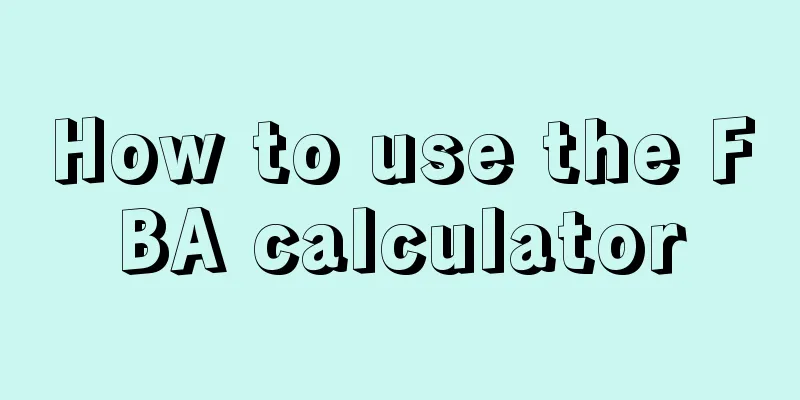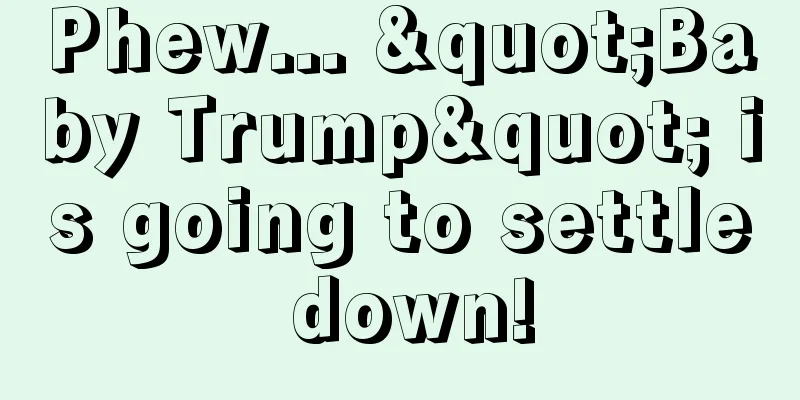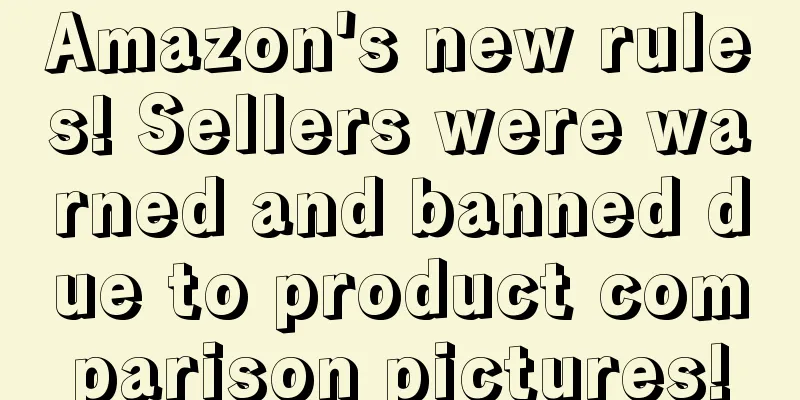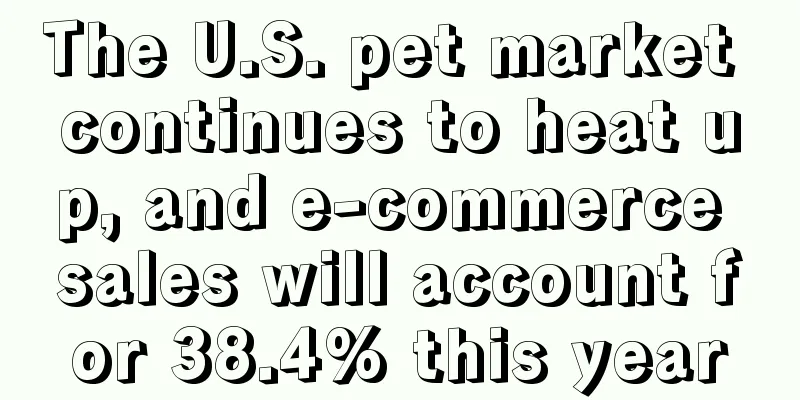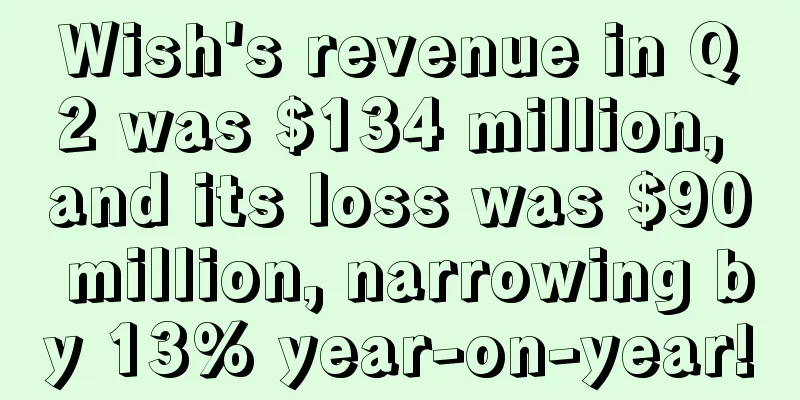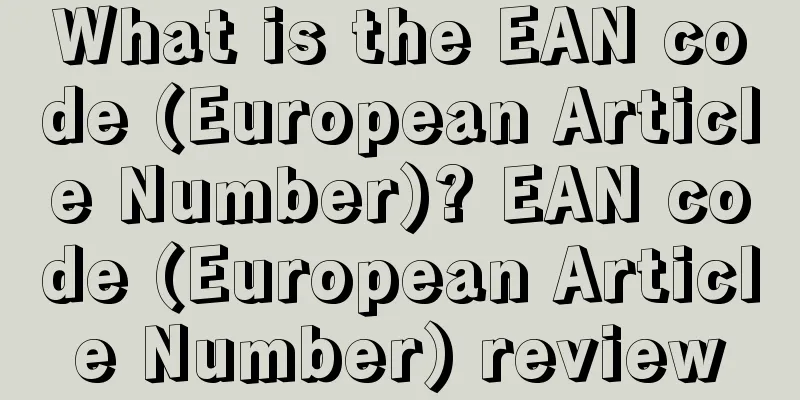What are Sponsored Brands? Sponsored Brands Review
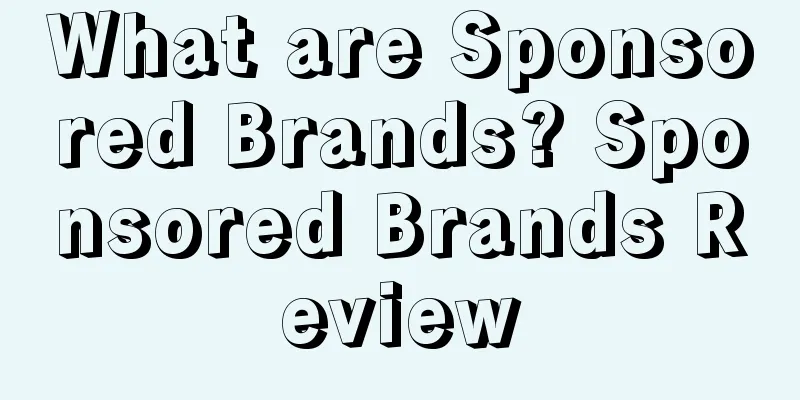
|
Sponsored Brands is a type of ad in Amazon's advertising business. Sponsored Brands are ads that feature a personalized brand logo, a customized headline, and up to three products. These ads appear in search results and help gain recognition for your brand and product portfolio. About Sponsored Brands Sponsored Brand refers to Amazon brand promotion advertising. The old version is title search advertising, which appears when consumers search for products on the Amazon platform. Sponsored Brand advertising features:
Sponsored Brand ads can be displayed on both computers and mobile phones, and sellers can choose the bid amount and keyword type. Eligibility for Sponsored Brands
The following is an example of a Sponsored Brand ad: About the new feature - Dynamic ASIN Optimization For sellers who have placed Sponsored Brand ads, the Dynamic ASIN Optimization feature can automatically push products in ads that are relevant to consumer searches to users, eliminating the need for sellers to manually select keywords for each product. This feature automatically updates the 3 product ASINs in the Sponsored Brand ad, but the title and image will remain the same. If you want to enable the Dynamic ASIN Optimization option, the product title should remain generic. (Tips for enabling Dynamic ASIN Optimization) Don’t mention specific products because even though consumers are searching for the same keyword, they may be looking for different products. Moreover, you can only manually select 3 products or let the system automatically select 3 products. You cannot manually select 1 product and let the system select the remaining 2 products. After enabling Dynamic ASIN Optimization, you are giving control to Amazon, which will select products from your landing page and display them in the ad. So how does Amazon determine the association between consumer search terms and products? In practice, Amazon makes its selections based on two factors: Performance indicators of the seller's store - the ASIN with the highest clicks and sales on the landing page In addition to this, Amazon has made three changes to keyword targeting: Variation Matching This feature can match keywords broadly, including synonyms, plural forms of words, and other related words. For example, if your ad is targeting the keyword heels, your ad may also appear in the results when consumers use words such as sandals or flats to search for products. Using variation matching, your ad can appear on consumer search results pages without having to match your keywords exactly. Negative Keywords In the Sponsored Brand campaign creation and management backend, sellers can also set negative keywords. By setting negative keywords, your ads will not appear in the search results pages for these words, reducing irrelevant advertising expenses. Negative keyword types also include phrase match, exact match and broad match. Broad match modifier With broad match modifier, only specific broad match keywords or close variations of them will show your ad. For example, if the seller only sells women's heels, the ad is placed on the broad match keyword. By adding a [+] in front of the word women, you can ensure that the ad appears in the results of searches using [women], such as [women sandals] or [women flats]. This way, the ad will not appear in irrelevant search terms such as [shoes] or [sneakers]. That is, by adding the [+] symbol in front of the word you want to limit, only consumers who search using that word will see your ad. What these features do If your ad appears for searches that are not related to your product, it will generate irrelevant clicks. However, if your ad is targeted too broadly or too precisely, you may lose potential consumers and relevant searches. These 3 new features can help sellers:
It is reported that product promotion ads do not have these three functions yet. Eligibility for Sponsored Brands To use Amazon Sponsored Brands ads, you need to meet the following qualifications: Account Eligibility
Product Requirements Amazon does not support second-hand, adult products, or refurbished products. The following categories are eligible for Sponsored Brands ads: Campaign Limits Types and limitations The maximum number of ads in a campaign is 100. The number of keywords in one campaign is limited to 1,000 Create a Sponsored Brand campaign Here are the steps to create a Sponsored Brand campaign: Step 1: Open the Campaign Manager, select Create Campaign, and then click Sponsored Brands. Step 2: Set up your ad and fill in the details. Campaign Name: Give your campaign a name that will only be displayed in the seller's advertising management backend. It will not appear in the ad or be shown to consumers. Portfolio: A portfolio is a group of campaigns. You can manage multiple campaigns through this option to meet your advertising needs. Start and end dates: Select the start and end dates that are suitable for your ad. Once set, the ad can be executed immediately. You can end or pause the campaign early at any time and continue later. If the campaign runs to the end date, it will be automatically archived. Please note that you cannot restore a saved campaign. You must recreate it if you want to make any changes. Budget: Set your ad budget, either total or daily. Brand: When running brand promotion ads, one advertising campaign can only promote products of one brand. Landing page: Select the ad landing page, which can be the homepage of the brand flagship store or a self-built landing page. Select according to your preferences and fill in the form step by step. Note that if the landing page is selected as [Stores], the products you are advertising should be on the homepage of the brand flagship store. Step 3: Select the products you want to advertise Sponsored Brand ads are allowed to display at least 3 products in total. It is recommended that you choose products in the same category or with similar keywords. However, if you choose to automatically optimize the product feature, Amazon will select relevant products from your landing page or store to display in your ad creative. If the system does not find a strong relevant product, the product you placed in the ad creative will be selected by default. Step 4: Add creatives Brand logo: Choose an image with a resolution of 400×400 and a size less than 1MB. Headline: The ad copy must reflect the brand message. Step 5: Set keywords and bids Step 6: Submit to Amazon for review Before clicking the Submit button, quickly review your campaign. Note that once Amazon approves your application, you will no longer be able to edit details such as ad creatives, landing pages, and products. If you really need to make changes, you can only archive the campaign and create a new one. Amazon Approval Ads After creating a Sponsored Brand ad, Amazon will immediately review it, and the review process takes 1-3 working days. Amazon will inform the seller of the approval result via email. Sellers can use their own products or products they distribute to place Sponsored Brand ads, but sellers should ensure that the ad information is accurate and true. Therefore, it is recommended to fill in the product description correctly when creating an ad. Amazon's advertising policies clearly state the requirements for ad creatives. To pass the review, your ad creatives must meet Amazon's requirements. Note:
Where can I enable the dynamic product optimization feature? Dynamic ASIN optimization can be found in Campaign Builder, Amazon Advertising API, and Campaign Manager. However, please note that you cannot modify an already created campaign. You can only create a new campaign, copy the current campaign, and then enable the feature and run the campaign again. |
<<: What is Chewy? Chewy Review
>>: What is Xiaoya Cross-border? Xiaoya Cross-border Review
Recommend
What is Barcodestalk? Barcodestalk Review
BarCODestalk is headquartered in the United States...
A service provider with many years of experience in complaints shared ideas and templates for complaints about sales surges
1. What is a sales surge? Sales surge, that is, sa...
Amazon and Walmart urgently removed the toys from shelves! The United States will completely ban the sale of such toys!
According to foreign media reports, e-commerce pla...
Breaking news! Yiwu Logistics Park exploded and caught fire, and 900,000 people were exposed for fake orders!
According to the Shenzhen Health Commission, 24 cr...
CPSC recalls multiple over-the-counter drugs! Available on Amazon!
According to foreign media reports, the U.S. Cons...
What is import and export rights? Import and export rights evaluation
The full name of import and export rights refers t...
What is Shopbop? Shopbop Review
Shopbop is a fashion shopping website founded in 1...
What is Amazon Singapore? Review of Amazon Singapore
On October 8, 2019, Amazon announced the launch of...
What is Duomeng? Duomeng Review
Duomeng is a leading intelligent marketing service...
What is AQData? AQData Review
AQData is a free one-stop intelligent analysis and...
What is Gold Leaf Group? Gold Leaf Group Review
Gold Leaf Group is a private club where sellers ca...
Why can some people get hundreds of orders a day for their new products?
Image source: 123rf.com.cn Many sellers are confus...
What is AMZ123? AMZ123 Review
AMZ123 is a website that focuses on Amazon seller ...
Amazon is also an agent? Is it a benefit or a pitfall?
Amazon has always had the ambition to dominate al...
Black Shark, a well-known Amazon seller, laid off 80% of its employees and owed employees nearly 80 million in compensation
At the end of the year, Amazon's system has be...
